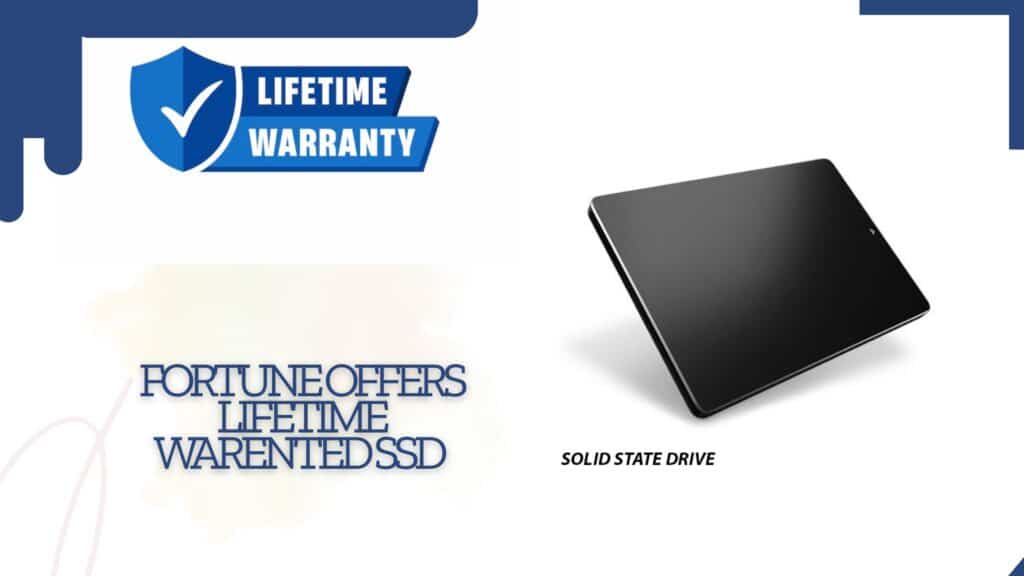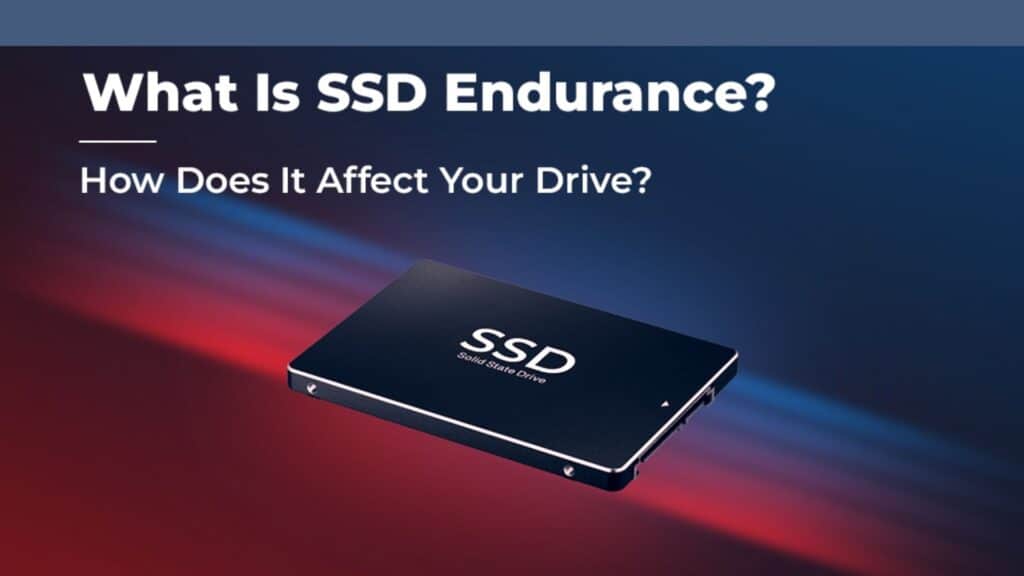The Future of SSD Manufacturing: What B2B Buyers Need to Know

In 2026, the landscape of solid-state storage is transforming at record speed, driven by innovations in SSD manufacturing trends, the rise of enterprise storage, and the increasing role of flash suppliers in global supply chains. For B2B buyers, these shifts are not just technical updates—they’re market signals that influence procurement strategies, product performance, and long-term partnerships. Understanding how the next phase of SSD technology unfolds is critical for staying competitive, whether you are sourcing for data centers, OEM integration, or large-scale enterprise applications.
Why SSD Manufacturing Matters More Than Ever
Unlike the early days of storage when mechanical drives dominated, SSDs have now become the backbone of nearly every digital workflow. The B2B market—from hyperscale data centers to high-performance industrial solutions—relies on SSDs not only for speed but also for scalability and reliability.
For buyers, the stakes are higher:
- Cost efficiency vs. performance trade-offs are central to procurement decisions.
- Supply chain stability is directly influenced by the strategies of flash suppliers.
- Longevity and sustainability are no longer “nice to have” features but purchasing criteria.
With SSDs becoming central to AI-driven applications, big data analytics, and cloud infrastructure, enterprise storage is no longer a passive category—it is a strategic enabler.
The Key SSD Manufacturing Trends Driving Change
- 3D NAND Expansion Beyond 200 Layers
Current SSD manufacturing trends highlight the rapid shift toward 3D NAND flash with over 200 layers. This allows for denser storage, better power efficiency, and higher write endurance. For B2B buyers, the practical outcome is lower cost per terabyte and better scalability. - PCIe Gen5 & Gen6 Interfaces
With AI workloads and real-time applications demanding lightning speed, PCIe Gen5 is becoming mainstream, while Gen6 is already on the horizon. Procurement teams should align with flash suppliers that can guarantee compatibility and sustained throughput. - AI-Optimized Controllers
Traditional SSD controllers are being replaced with AI-powered controllers that manage wear leveling, predictive failure, and latency optimization. This is especially critical for enterprise storage buyers who need consistency across thousands of drives. - Sustainability in SSD Production
ESG compliance is no longer optional. Many large corporations now prioritize flash suppliers with eco-friendly production methods, reduced carbon footprints, and circular economy practices. - Customization and Vertical Integration
OEMs are requesting customized firmware, tailored security features, and endurance profiles. SSD manufacturing trends are moving toward greater collaboration between manufacturers and B2B buyers to build specialized solutions rather than one-size-fits-all products.
How Enterprise Storage is Evolving
The evolution of enterprise storage goes beyond capacity upgrades. Buyers now expect:
- Multi-protocol support (NVMe, SAS, SATA) to accommodate hybrid systems.
- Security at the silicon level for industries like healthcare, finance, and government.
- Edge computing compatibility where ruggedized SSDs are needed for remote and IoT-heavy applications.
For CTOs and procurement managers, the big question is: Which suppliers are ready to deliver SSDs that align with enterprise-level transformation?
This is where evaluating flash suppliers becomes mission-critical.
The Role of Flash Suppliers in the Global Supply Chain
Flash suppliers play a pivotal role in shaping availability, pricing, and innovation timelines. The global semiconductor market has shown that disruptions—whether from geopolitical issues or raw material shortages—can directly affect SSD pricing and delivery.
For B2B buyers, choosing the right supplier involves assessing:
- Supply chain resilience – Can the supplier maintain delivery under market stress?
- Technology partnerships – Do they collaborate with controller makers, packaging specialists, and OEMs?
- R&D commitment – Are they investing in next-generation NAND or merely reselling existing inventory?
Forward-looking buyers understand that selecting flash suppliers is not just a transactional decision but a strategic partnership that influences competitiveness for years to come.
Strategic Advice for B2B Buyers
- Evaluate Long-Term Roadmaps
Do not just buy based on today’s performance specs. Ask potential flash suppliers for their two- to five-year roadmap. Where do they stand on PCIe Gen6? Are they investing in QLC or PLC NAND for ultra-high density? - Consider Total Cost of Ownership (TCO)
The cheapest SSD upfront may not be the most cost-efficient in the long run. Consider power usage, endurance cycles, firmware updates, and maintenance costs. Align these factors with the latest SSD manufacturing trends for maximum value. - Prioritize Security and Compliance
With GDPR, HIPAA, and other regulations tightening globally, ensure your chosen enterprise storage solution offers advanced encryption, secure erase functions, and compliance-ready certifications. - Diversify Supplier Partnerships
Avoid over-reliance on a single supplier. Build resilience by working with multiple flash suppliers across regions, ensuring procurement flexibility during global disruptions. - Watch Emerging Applications
SSDs are moving into AI inference servers, autonomous vehicle systems, and industrial IoT. Procurement decisions should anticipate these shifts and prepare for new enterprise storage demands.
Future Outlook: SSDs in 2026 and Beyond
Looking ahead, the fusion of SSD manufacturing trends, enterprise storage, and flash suppliers will redefine the digital ecosystem. We can expect:
- Petabyte-scale enterprise SSDs with modular expansion.
- Near-zero latency drives for real-time AI-driven decision-making.
- End-to-end sustainable manufacturing with greener materials and processes.
- Firmware-as-a-service models where manufacturers push regular AI-driven updates to deployed SSD fleets.
For B2B buyers, this means procurement will become less about price per gigabyte and more about future-proofing data strategies.
Conclusion
The next decade of storage innovation is being shaped by dynamic SSD manufacturing trends, evolving enterprise storage requirements, and the pivotal role of flash suppliers. For B2B buyers, success lies in recognizing these shifts early, aligning procurement strategies with technological roadmaps, and forging long-term partnerships with reliable suppliers.
In a world where data is the new currency, SSDs are no longer just hardware—they are the foundation of competitiveness, resilience, and innovation. By staying ahead of the curve, buyers can ensure that their organizations are not just keeping pace but leading in the digital future.









